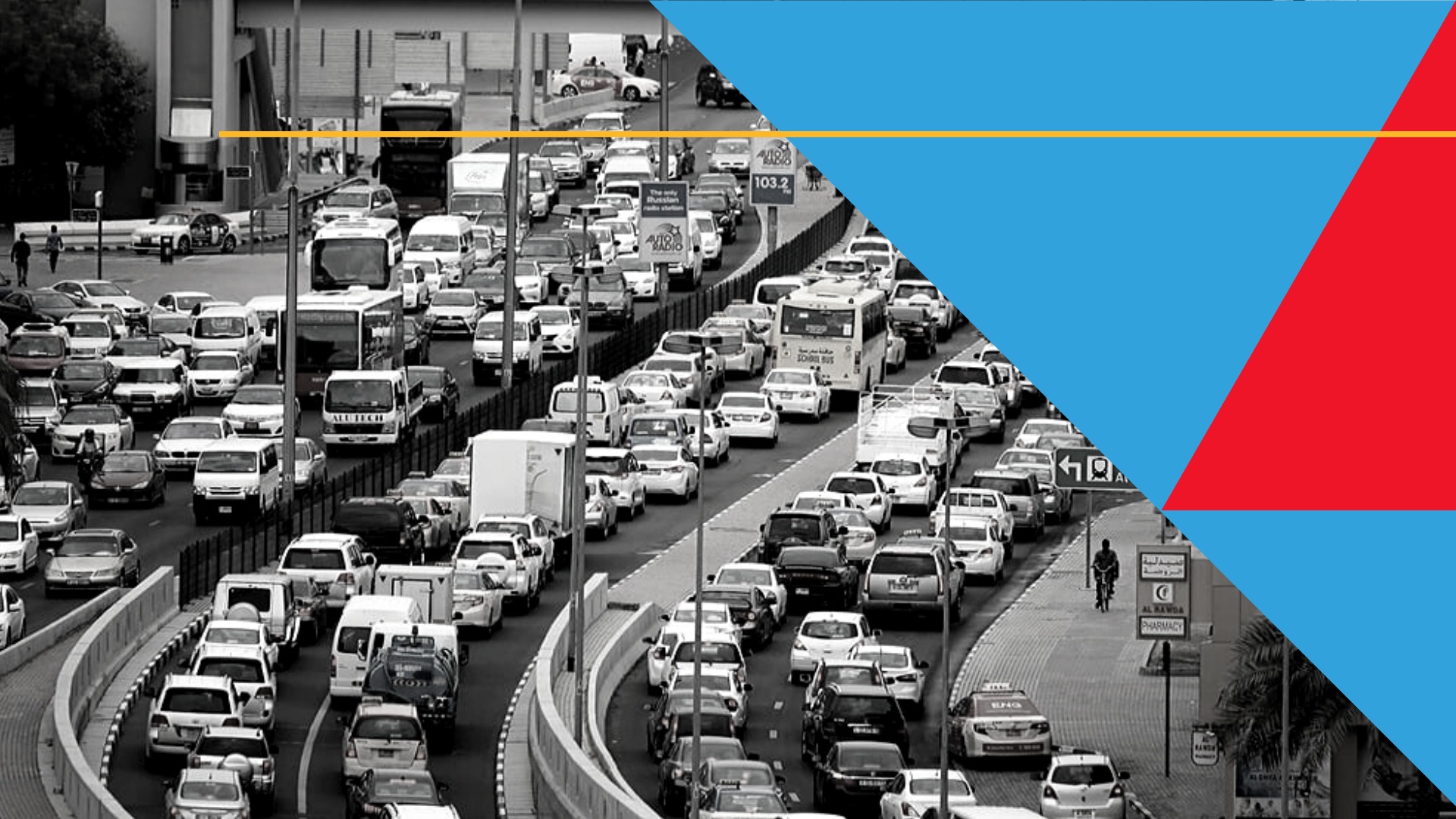Bringing AI & ML to a City Near You
According to the UN, 6.79 billion people will live in cities that have more than ten-million inhabitants. This staggering number represents a huge call to action for city planners to begin laying the infrastructure necessary to accommodate such rising populations. As cities grow, they will have to deal with challenges related to traffic congestion, limited resources, environmental degradation, among many others.
Fortunately, these systemic challenges can be more easily addressed by adopting a wide range of connected, internet-enabled technologies. Many of these technologies are powered by artificial intelligence, bringing forth automated control and management of complex city infrastructure.

WHAT'S DRIVING THE URGENCY TO ADOPT AI?
Traffic jams • Poor air quality • Lack of parking spaces • Violence against police • Expanding carbon footprints • Limited resources and person-hours • Urban migration • Economic competition
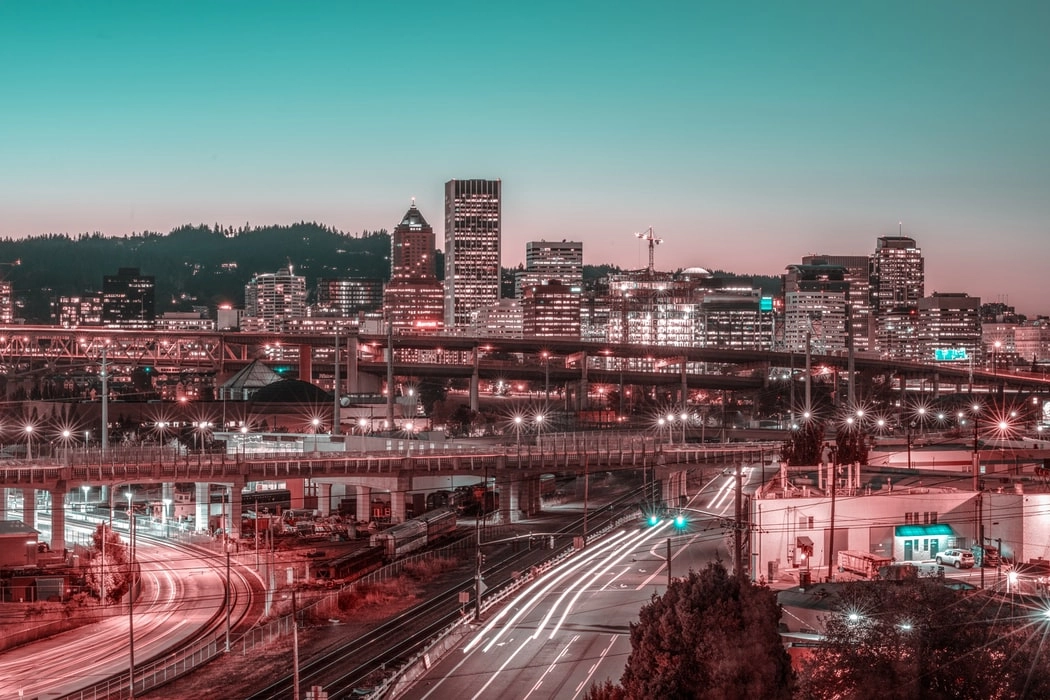
FREE RESOURCE: DISCUSSION QUESTIONS FOR AI READINESS
WHEN CITIES DEPLOY AI:
Commuters reduce their time in traffic by thousands of hours.
Drivers find parking spaces instantly.
Waste managers receive notifications when bins across town are getting full.
Law enforcement employs evidence-based data-driven strategies to keep people safe.
Street lights fine-tune themselves to use less power.
Cities use automation and big data analytics to ensure local governments run efficiently and with less bias.
APPLICATIONS
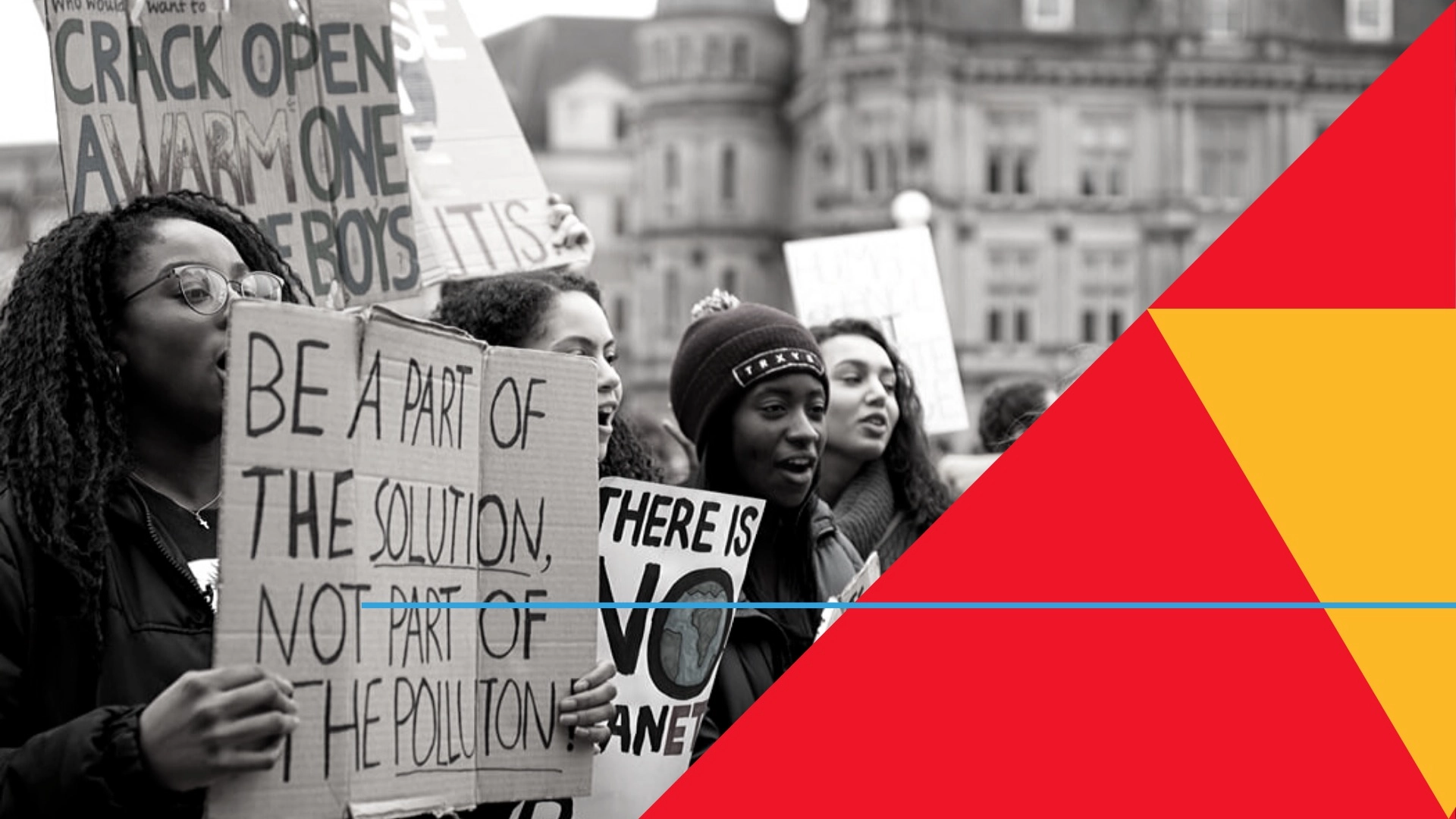
Citizen Sentiment Analysis
Natural Language Processing makes it possible for city governments to automatically aggregate the feedback of its citizens and transform those insights into action. For example, in the case of communicating with residents, instead of manually reading through discussion groups, social media posts, and other sources of feedback, decision-makers can use AI to automatically collect, curate, and summarize these sentiments. The ability to extract complaints via social media is particularly powerful as it’s far more likely for residents to complain on Twitter than phone their mayor.
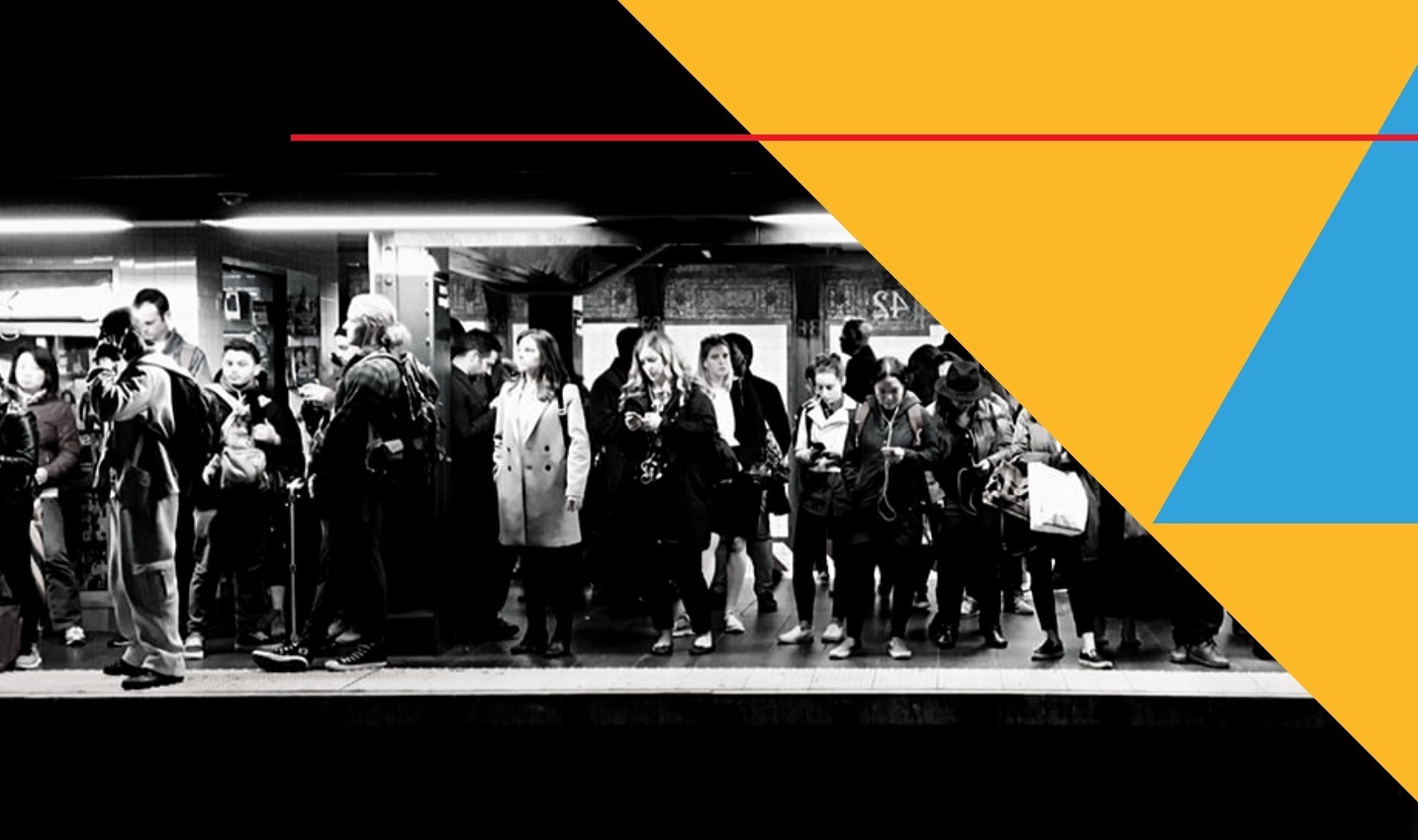
Fantastic Customer Service
Artificial Intelligence brings scalability and uniformity to the ways cities provide customer service to their communities. For example, many governments across the United States have started to deploy their own chatbots to respond to residents’ questions. By making it easier for people to get help, government offices are free to shift customer-service resources to other community projects.
AI is the master of processing routine requests and detecting abnormalities. Governments can exploit these capabilities to disseminate information, deal with citizen requests, or detect wasteful spending or fraud

Security and Policing
Historical and geographical data can be put to work to predict where crimes are likely to take place. Such “pre-crime” initiatives have seen impressive results across big cities like LA, Chicago, and London. For these cities, increasing the police presence in a certain area is enough to reduce crime. By deploying models that process this kind of data, we can expect the cities of the future will be significantly safer, with police not only able to reduce the crime rate but also reduce their risk of harm.
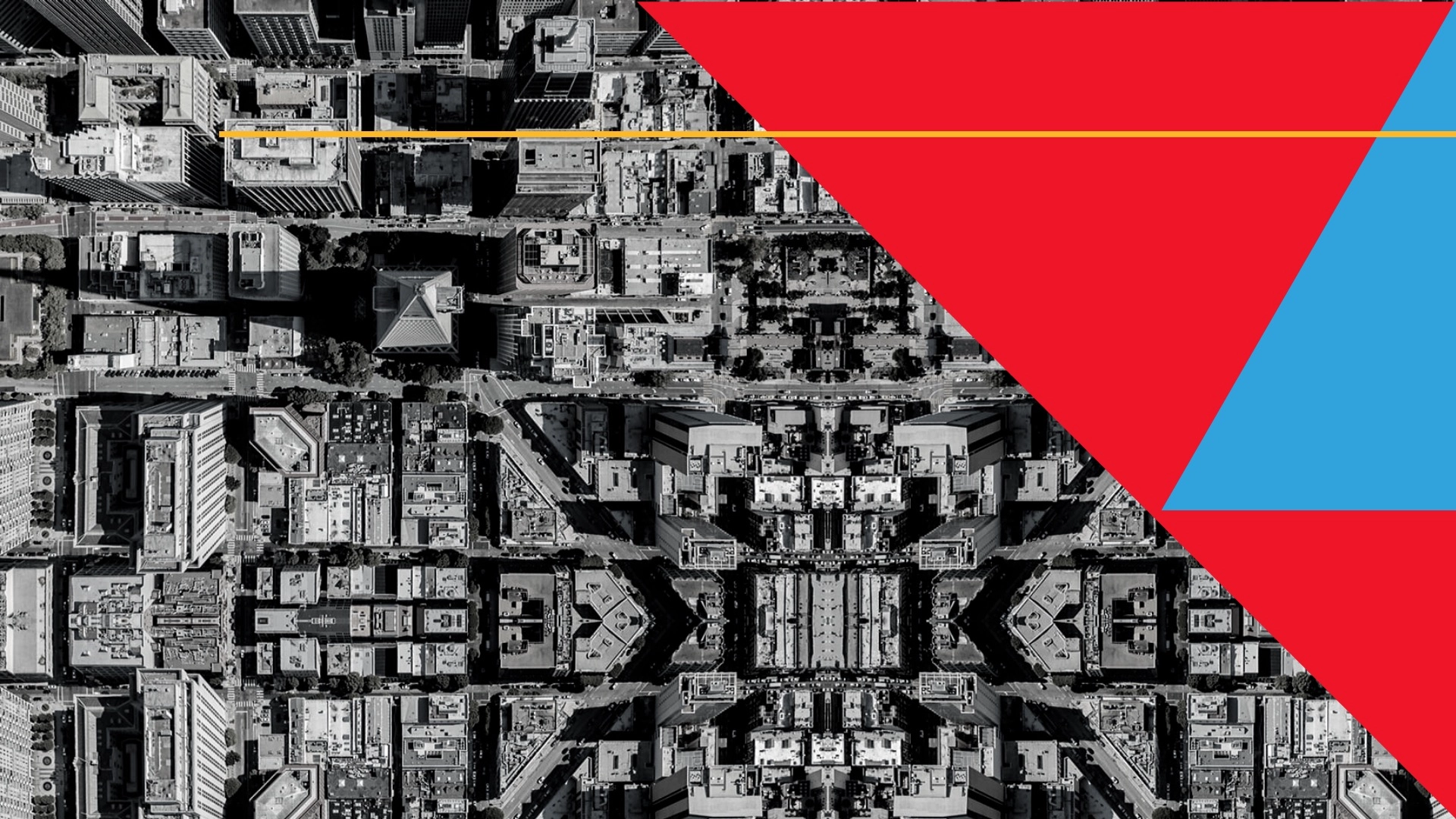
Urban Planning
Many cities are turning to urban planning technologies to help them not only make more informed city planning designs but also design neighborhoods from the ground, up. Integration is a big key to success here. AI-powered tools can integrate a variety of in-house datasets including geography, regulations, existing developments with the latest research into the ways that city planning can affect citizen health, wealth, and happiness. Using machine learning and computational design, these tools can generate trillions of data-driven layouts and permutations.
